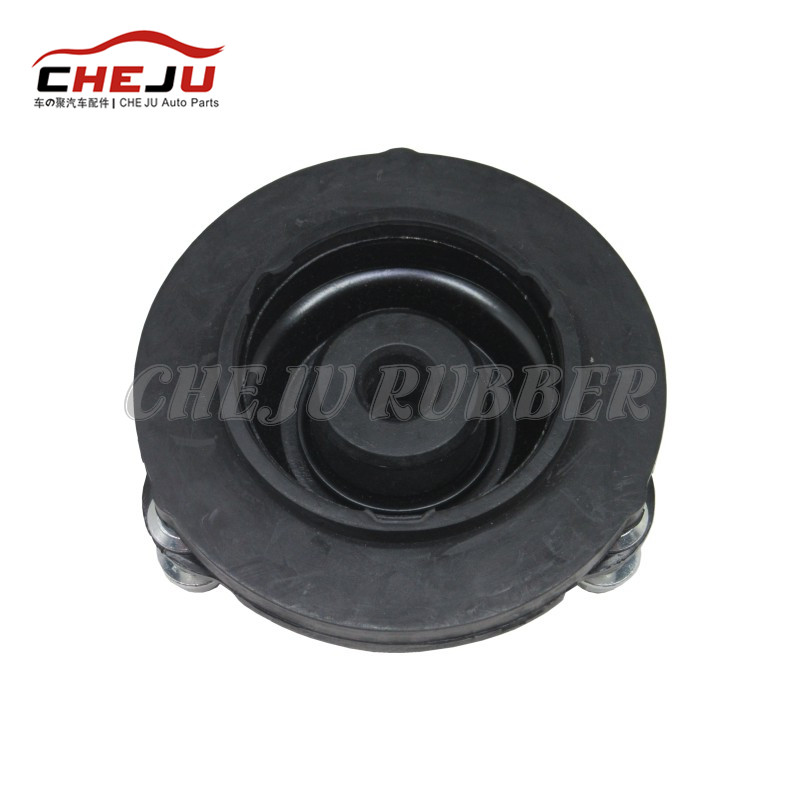Strut Mounts: Repair or Replace? Understanding Your Options
2024-03-01
Introduction:
When it comes to vehicle maintenance, one of the critical components often overlooked is the strut mount. Responsible for providing stability, absorbing shocks, and ensuring a smooth ride, strut mounts play a pivotal role in the suspension system. But what happens when they wear out or become damaged? In this blog post, we'll explore whether strut mounts can be repaired or if they need to be replaced entirely, helping you make informed decisions about your vehicle's maintenance needs.
Understanding Strut Mounts:
Before delving into repair options, let's briefly understand what strut mounts are and their importance in the suspension system:
- Strut mounts, also known as suspension strut mounts, serve as connection points between the strut assembly and the vehicle's body or chassis.
- They provide cushioning, support, and flexibility, allowing for controlled movement and vibration isolation within the suspension system.
- Strut mounts play a crucial role in absorbing shocks, reducing noise and vibration, and maintaining proper wheel alignment, contributing to overall ride comfort and safety.
Can Strut Mounts Be Repaired?
In some cases, minor damage or wear to strut mounts can be repaired, but it largely depends on the extent of the damage and the specific design of the mount. Common issues that may be repairable include:
1. Minor Tears or Cracks: Small tears or cracks in the rubber portion of the strut mount may be repairable using specialized adhesives or sealants.
2. Damaged Bearing or Bushing: If the bearing or bushing within the strut mount is damaged, it may be possible to replace these components individually, rather than replacing the entire mount.
3. Loose Fasteners: If the mounting bolts or nuts are loose, tightening them may resolve the issue without the need for replacement.
When to Replace Strut Mounts Entirely:
While minor damage or wear may be repairable, there are instances where strut mounts should be replaced entirely:
1. Significant Damage: If the strut mount is severely damaged, such as large tears, deformation, or separation of components, replacement is typically necessary.
2. Excessive Wear: Over time, strut mounts may wear out due to constant exposure to road vibrations and temperature fluctuations. If the mount shows signs of significant wear, such as flattened or deteriorated rubber components, replacement is recommended.
3. Bearing or Bushing Failure: If the bearing or bushing within the strut mount fails, causing excessive play or noise, replacement of the entire mount is often the most practical solution.
Considerations for Repair vs. Replacement:
When deciding whether to repair or replace strut mounts, consider the following factors:
1. Safety: Prioritize safety above all else. If the integrity of the strut mount is compromised, replacement is the safest option to ensure reliable performance and stability.
2. Cost: While repairs may be more cost-effective in some cases, consider the long-term benefits of replacement, such as durability, reliability, and peace of mind.
3. Vehicle Age and Mileage: Older vehicles with high mileage may benefit from replacement rather than repair, as worn components are likely to fail again in the near future.
4. Professional Assessment: If you're unsure whether your strut mounts can be repaired or need replacement, consult with a qualified mechanic for a thorough inspection and expert advice.
Conclusion:
In conclusion, while minor damage or wear to strut mounts may be repairable, significant damage or wear typically necessitates replacement. Prioritize safety and reliability when making decisions about strut mount maintenance, and consider factors such as cost, vehicle age, and professional assessment. By understanding your options and addressing strut mount issues promptly, you can ensure a smooth and stable ride for miles to come. Remember, when it comes to vehicle maintenance, it's better to be proactive than reactive.



